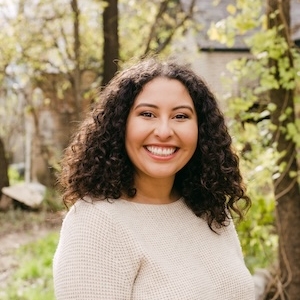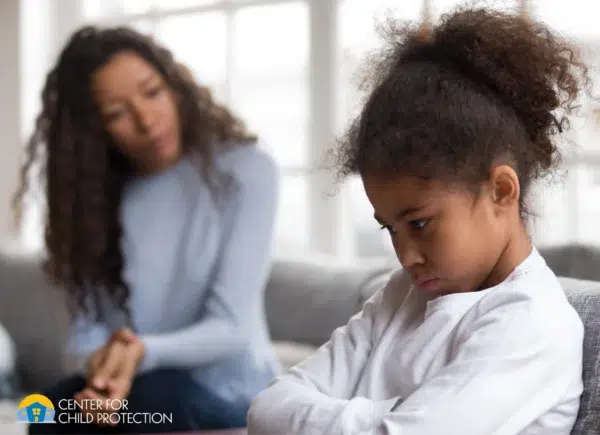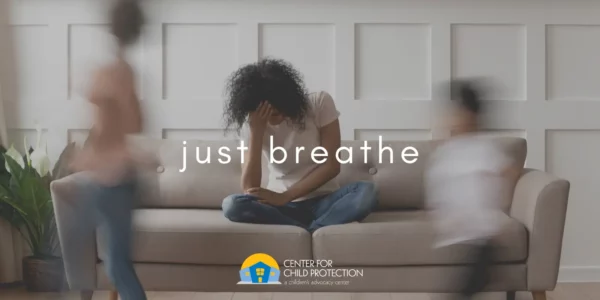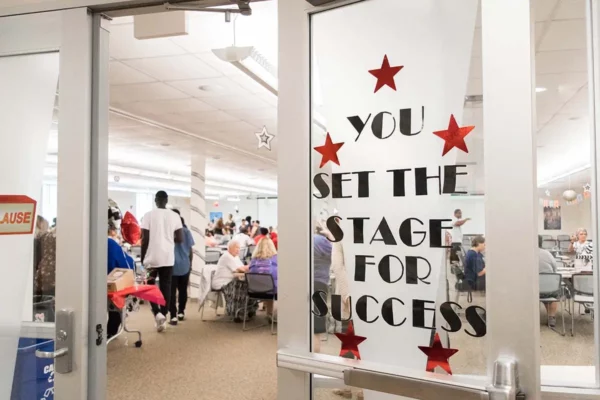One in 10 children will be sexually abused before the age of 18. The magnitude of the problem is not fully grasped by the public due to the fact that only a third of child sexual abuse cases are identified, and even fewer are reported. By educating yourself on the facts and possible signs, you can help to prevent child sexual abuse and increase the incidence of reporting.
Defining Child Sexual Abuse
Child sexual abuse not only includes any sexual act between an adult and a minor, but also any sexual act between two minors when one exerts power over the other, and the coercion or persuasion of a child to engage in any type of sexual act. Exhibitionism, voyeurism, exposure to pornography, and communication of a sexual nature by phone or Internet are all forms of child sexual abuse.
Identifying Perpetrators
Those who molest children look and act like everyone else. They can be friends, neighbors, or family members. Abusers can be, and often are, other children.
- 90 percent of victims know their abuser, which means only 10 percent are abused by strangers.
- Family members are the perpetrators in 30 percent of child sexual abuse cases.
- Of those children who are sexually abused, up to 40 percent are abused by older or more powerful children.
Grooming Behavior: Red Flags
Gradually, offenders will lure their victims into having a sexual relationship and maintain the secrecy throughout the relationship. This is a process known as grooming. It’s possible that offenders may also fill roles within the victims’ families, allowing them to gain the trust of adult members. Grooming is highly successful because it allows perpetrators to slowly break down natural boundaries before the actual sexual abuse takes place. They key is to identify the red flags and then take steps to minimize the opportunity for abuse.
Here are some red flag behaviors to watch for:
- Giving special attention or gifts to particular children or targeting specific kids for activities.
- Physically and emotionally isolating a child from family members and friends by finding reasons for having one-on-one interactions (sleepovers, camping trips, etc.) or undermining relationships with parents by convincing the child that no one knows him or her like the abuser.
- The gradual crossing of physical boundaries: hugs that last too long, having kids sit in their laps, or “accidental” touching of private areas. Escalated, this behavior can look like partially clothed tickle sessions, showering with children, or sleeping in the same bed with them.
- Keeping the abuse “just between us” by encouraging kids to keep secrets from friends and family members. The shame and fear associated with child sexual abuse make it easier to enforce secrecy.
By eliminating or reducing isolated, one-on-one situations between children and adults, as well as other youth, the risk of sexual abuse is dramatically decreased.
Recognize The Signs
In addition the more obvious physical signs of child sexual abuse, which include bruising, bleeding, redness, urinary tract infections and STDs, there are other indirect physical, emotional, and behavioral signs to keep an eye out for. These include:
- Sexual behavior and language that is not age appropriate
- Anxiety, chronic stomach pain, and headaches
- Perfectionism, withdrawal, fear, depression, unexplained anger, and rebellion
- Nightmares, bedwetting, falling grades, cruelty to animals, bullying, being bullied, fire setting, running away from home, and any kind of self-harm
- Use of alcohol or drugs at an early age
Source: Child Sexual Abuse Statistics; The Red Flags of Grooming Behavior; Step 2: Minimize Opportunity, Darkness to Light
What To Do If You Suspect Child Sexual Abuse
If you have cause to believe that a child’s physical or mental health or welfare has been or may be adversely affected by abuse or neglect, you MUST call the toll-free, 24-hour Texas abuse hotline at 1-800-252-5400 or report online.
Attend Stewards of Children
Stewards of Children is an evidence-informed sexual abuse prevention training program that educates professionals, parents and other adults to prevent, recognize, and react responsibly to child sexual abuse.
This revolutionary program is the only nationally available program scientifically proven to increase knowledge, improve attitudes and change child-protective behaviors with regard to sexual abuse of children. Register yourself or a group for this program free of charge by visiting our Education Services page.
Contact Info
Center for Child Protection
8509 FM 969, Building 2
Austin, Texas 78724
Phone: 512-472-1164
Fax: 512-472-1167
Web: centerforchildprotection.org











